
What's the cost of a custom softphone?
Build vs buying a softphone. What’s the best pick in 2025?
- Full cost breakdown
- Details on both routes
- 100% free to download
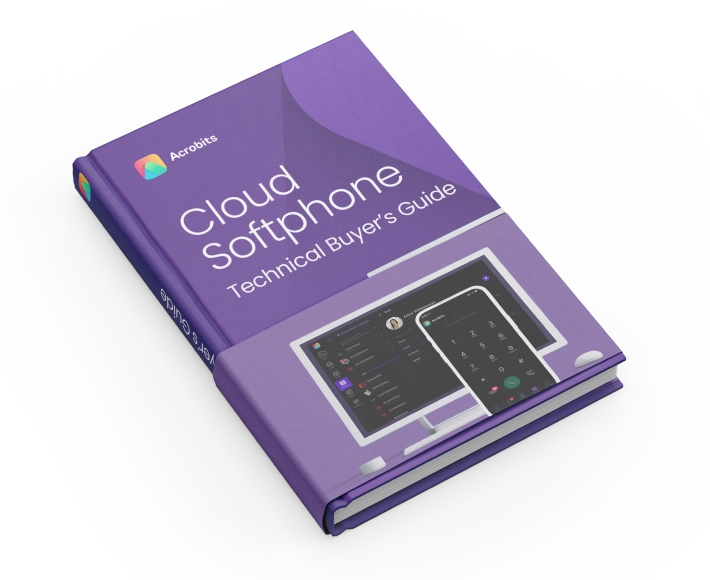
Globally, no organization can grow without digital business communication tools. They are the standard for conducting business. The tools we use to talk, collaborate, and connect are just as important as the messages or products themselves.
So, if business communication is now a standard requirement, how can a business go the extra mile? How can enterprises develop new approaches to communication?
One approach came as white-label softphones—a subtle concept that is revolutionizing how brands deliver voice-over-IP (VoIP) services, without reinventing the wheel.
Whether you’re a telecom provider, an IT integrator, or an enterprise leader exploring your communication stack, white-label softphones offer a rare blend of speed, flexibility, and brand ownership. But what exactly are they? And why should your business use them to foster innovation? Let’s start by understanding them.
A white-label softphone is a customizable VoIP application that allows businesses to deliver fully branded voice and video communication services and many other features without developing the VoIP app from scratch.
At its core, it’s a ready-made communication application powered by the SIP protocol that you can brand as your own. Think of it like buying a high-performance car chassis and choosing your paint, interior, and dashboard to make it unmistakably yours.
For businesses, this means skipping costly development while gaining full control over the look, feel, and user experience of their communications platform.
What’s the take? Instead of building from zero, companies get a shortcut to high-quality, branded VoIP services, accelerating time to market and lowering overhead.
Behind every SIP client, a common synonym for softphones, lies a carefully engineered set of building blocks. White-label softphones are designed with scalability and flexibility at their core. The main goal is to send voice over the internet. However, as business telephony grew and modernized itself, white label softphones started offering advanced calling capabilities.
The modular structure that makes this possible includes:
Key Insight: A white-label softphone isn’t just a communication app—it’s a framework for delivering secure, customizable, and feature-rich VoIP experiences while supporting branded solutions at scale.
Know the story behind:
While consumer apps like Zoom, WhatsApp or Teams offer convenience, they come with limitations. White-label softphones are purpose-built for ownership, integration, and growth.
| Feature | White-Label Softphones | Standard Apps |
| Branding | Fully customizable | Fixed branding |
| Scalability | Designed for unlimited growth | Limited flexibility |
| Integration | CRM, billing, APIs, custom web-based content | Often closed and rigid systems |
| Cost | Predictable, no development needed | High development & support costs |
| UX | Tailored, call-focused UX | General-purpose UX |
Key Insight: White-label softphones are not general-purpose tools-they are strategic assets built for control, integration, and scalability.
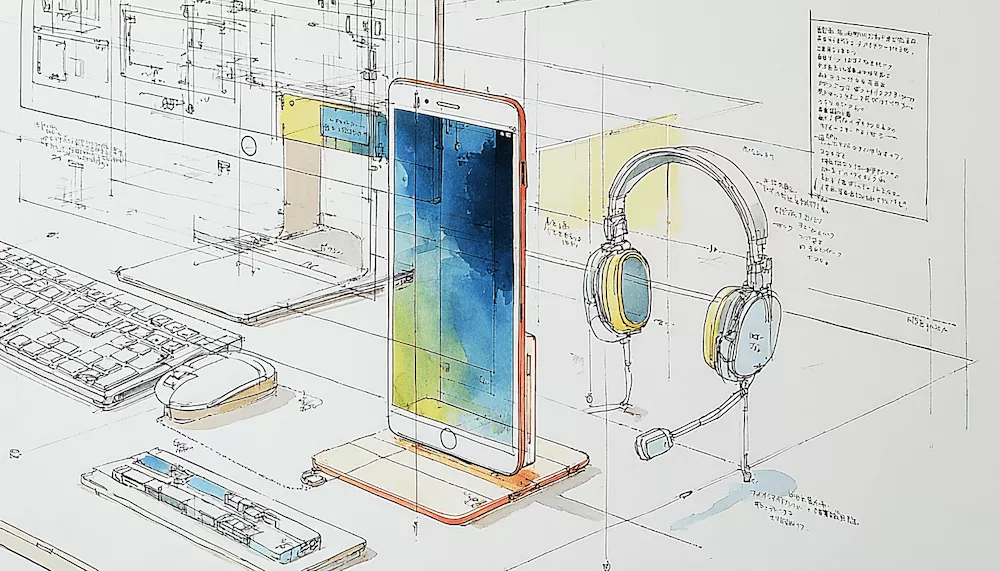
White-label softphones are used across different industries, but always for the same reason: control without complexity. Key adopters include:
Key Insight: Whether you’re serving customers or coordinating teams, white-label softphones adapt to your business-not the other way around.
From sales floors to support desks, white-label softphones provide the foundation for quality voice and video communication. These SIP apps aren’t just communication tools-they’re business enablers tailored for specific workflows.
Here’s where they shine:
Also check:
If you could launch a secure, custom-branded communication platform without hiring developers or managing infrastructure, wouldn’t you?
Here’s what businesses gain from custom softphones:
| Benefit | Description |
| Brand Control | Fully customized UX and design |
| Fast Time to Market | Launch in weeks, not months |
| Cost-Effective | No need for in-house development, and requires low maintenance |
| Competitive Edge | Differentiate from generic apps |
| Monetization | Enable recurring revenue streams |
The combination of speed, savings, and strategic control makes white-label softphones a modern-day power play for communications.
White-label softphones aren’t just tools-they’re business accelerators. Different buyers use them in distinct ways:
| Buyer Type | Integration Method | Key Benefit |
| Telecom Resellers | Resell under own brand | Fast go-to-market |
| MSPs | Bundle with IT/UCaaS | Add value, deepen communication stack |
| Enterprises | Internal use | Centralized, secure comms |
The flexibility of integration turns softphones into multipurpose engines-driving both service innovation and customer retention. For more information on costs, we have an introduction to the 3 main routes carriers can follow. Alternatively, for a detailed cost breakdown, find out even more in our free eBook on how much it costs to build a softphone app from scratch:
Before rolling out, make sure you’ve got the right setup:
Key Insight: A white-label softphone depends on strong infrastructure, but the right provider will help you get there. And there are plenty of them.
Like any tech, fully customized softphones come with challenges. Planning ahead prevents friction:
| Challenge | Description |
| Network Instability | Leads to dropped calls, poor audio quality |
| OS Compatibility | Requires ongoing updates |
| Integration Limits | CRM/APIs may need customization |
| Scalability | Growth needs proactive planning |
| UX Gaps | Poor UI slows adoption |
The world is already full of off-the-shelf communication apps. Businesses that choose white-label solutions are a step above that. They primarily seek increased brand authority, advanced communication workflows, and large-scale reselling of VoIP services.
In today’s competitive market, white-label softphones offer speed, control, and differentiation all in one package.
They facilitate business owners in owning their platform, shaping the experience, and scaling flexibly—without building from scratch.
White-label softphones are more than just white-labeled apps-they are a fast lane to ownership, efficiency, and growth. From telecom operators to enterprises, those who use them benefit from reduced time to market, stronger branding, and higher customer retention.
So if you’re ready to level up your communication stack-without taking on the burden of app development Acrobit’s Cloud Softphone based white-label softphone may be the answer you’ve been looking for all along.
Explore how customizable softphone platforms can be tailored to your specific business case.
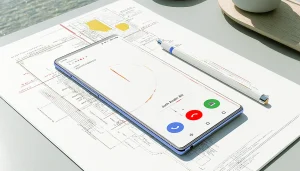
Every telecom provider knows the appeal of a quick fix. Deploy a generic softphone app, get your users online, and move on. But as the market surges toward $400 billion by 2034, the cracks in this approach are becoming impossible to ignore. Scaling, branding, and innovation all hit a ceiling fast. The hidden cost of […]

Picture this: your softphone app aces every backend test, but users drop off after the first call. Why? Technical reliability alone won’t win the adoption game, intuitive onboarding, seamless UI, and robust call quality all matter equally. Testing and launching a softphone app is a two-front battle, and neglecting either side puts your brand and […]
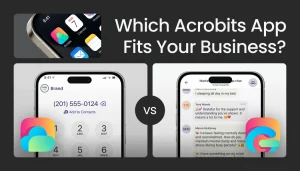
Not every VoIP user needs the same thing. Some just want a rock-solid app to connect their SIP line. Others need to launch a white-label softphone under their own brand. Acrobits offers two very different tools to cover both ends of that spectrum: Groundwire and Cloud Softphone. Feature Groundwire Cloud Softphone Pricing $9.99 one-time purchase […]
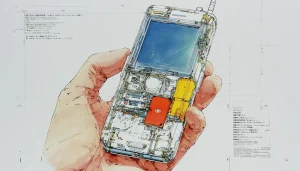
For many small and medium-sized businesses, the traditional PBX (Private Branch Exchange) phone system has long been the backbone of daily communication. As remote work becomes the norm and digital transformation accelerates, these hardware-bound systems are increasingly feeling like a bottleneck: they are costly to maintain, inflexible, and ill-suited for modern workflows. If you’re an […]